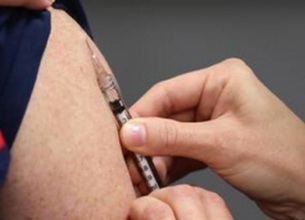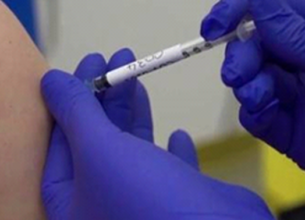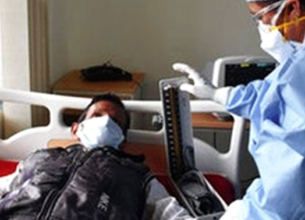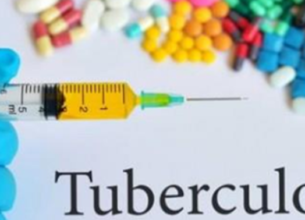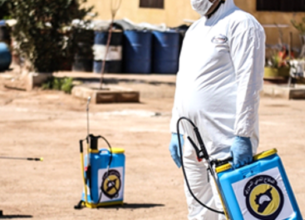WHO UNVEILS PLAN TO TACKLE SNAKEBITE
24, May 2019

Prelims level : Science & Technology
Mains level : Technology, Economic Development, Bio diversity, Environment, Security and Disaster Management
Why in News:
- The World Health Organization unveiled a new strategy to dramatically cut deaths and injuries from snakebites, warning a dearth of antivenoms could soon spark a “public health emergency”.
Details:
- Each year, nearly three million people are bitten by poisonous snakes, with an estimated 81,000-138,000 deaths.
- Another 4,00,000 survivors suffer permanent disabilities and other after-effects, according to WHO figures.
- WHO, which two years ago categorised “snakebite envenoming” as a Neglected Tropical Disease, presented a strategy aimed at cutting snakebite-related deaths and disabilities in half by 2030.
- An important part of the strategy is to significantly boost production of quality antivenoms, WHO said.
- The UN agency called for “the restoration of a sustainable market for snakebite treatment”, insisting on the need for a 25% increase in the number of manufacturers. It plans a pilot project to create a global antivenom stockpile.
Neglected Tropical Diseases
- The World Health Organization (WHO) defines the Neglected Tropical Diseases (NTDs) as- a diverse group of communicable diseases that prevail in tropical and subtropical conditions in 149 countries affect more than one billion people and cost developing economies billions of dollars every year .
- Major NTDs are: Buruli ulcer, Chagas disease, Dengue and Chikungunya, Dracunculiasis (guinea-worm disease), Echinococcosis, Foodborne, Human African trypanosomiasis (sleeping sickness), Leishmaniasis (Kala-azar), Leprosy (Hansen s disease), Lymphatic filariasis, Mycetoma, chromoblastomycosis and other deep mycoses, Onchocerciasis (river blindness), Rabies, Scabies and other ectoparasites,
Why are some tropical diseases called “neglected”?
- The people who are most affected by these diseases are often the poorest populations, living in remote, rural areas, urban slums or conflict zones. Neglected tropical diseases persist under conditions of poverty and are concentrated almost exclusively in impoverished populations in the developing world.
- Need for and significance of R&D into neglected tropical diseases:
- The need for drugs for neglected diseases and also for drug R&D is high in India. The country tops the number of cases for 11 different neglected tropical diseases such as lymphatic filariasis, visceral leishmaniasis, trachoma, tapeworm, roundworm, hookworm, whipworm, dengue and leprosy.
In 2017, there were around 2.8 million new cases of TB, which brought down the global decline of TB. One third of all TB deaths worldwide happen in India.






